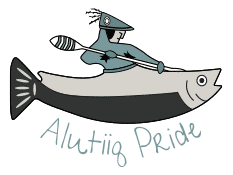CRRC TIMELINE
Our Story
Journey Through
Our Past
Since its inception CRRC has been a leader in Tribal natural resource issues in Southcentral Alaska. Below you will find a small excerpt of our history and the communities, projects, and people who have made us who we are today.
1973
Members of the Chugach Natives Incorporated Board of Directors met and decided to form a nonprofit corporation to advance the overall economic, social, and cultural development of the people of the Chugach region.
1974
1976
The Corporation was renamed the North Pacific Rim, and in 1977, Chugach Native Incorporated transferred board responsibilities to the communities of the region.
1980
1984
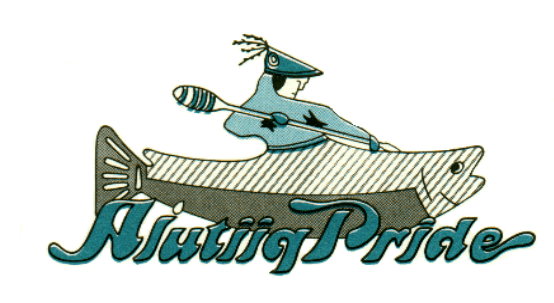 Chugach Regional Resources Commission (CRRC) was created to provide a more active Native role in the management decision-making process of natural resources.
Chugach Regional Resources Commission (CRRC) was created to provide a more active Native role in the management decision-making process of natural resources.
1989
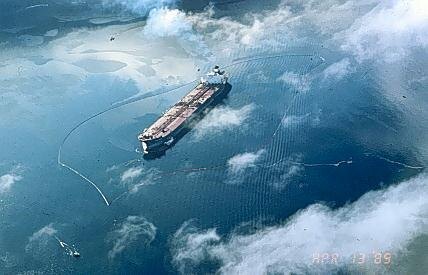
The Exxon Valdez oil spill, the largest oil spill in North America at that time, devastated the subsistence opportunities and fishing industries in Prince William Sound and Lower Cook Inlet.
1990
CRRC was formally organized as a 501(c)3 nonprofit corporation with the State of Alaska and the Internal Revenue Service. The late Chief of Tatitlek, Gary Phillip Kompkoff, was one of the founding members of the Chugach Regional Resources Commission (Alutiiq Pride), serving as Vice-Chairman and remained one of the organization’s staunchest supporters until he passed away in 2007.
1992
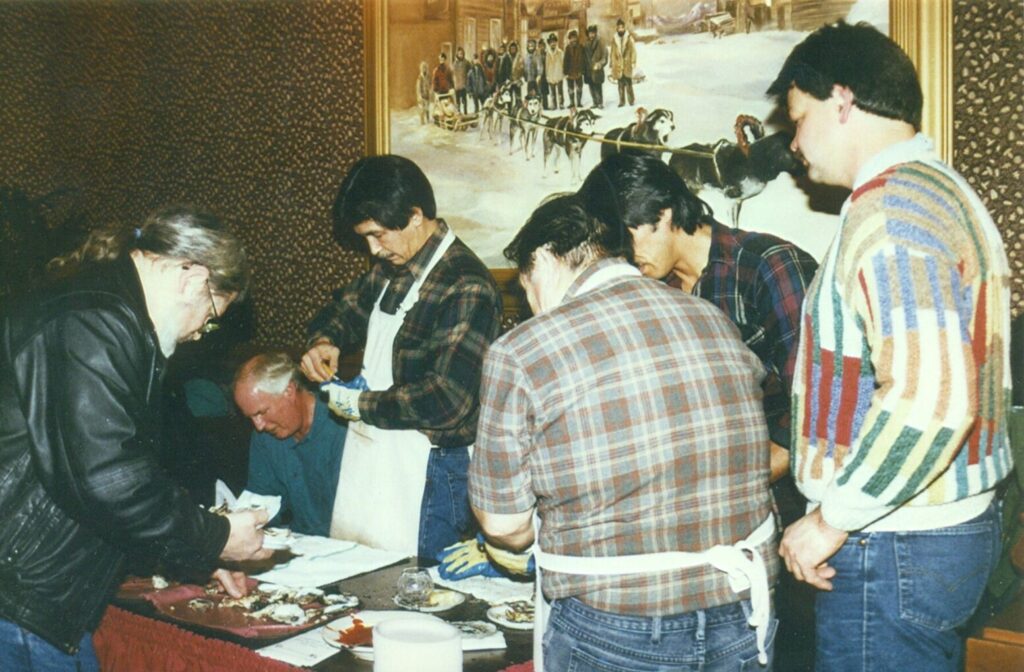 CRRC and the Tatitlek IRA Council began the Tatitlek Mariculture Project. CRRC and the Tatitlek IRA Council operated a Tribal oyster farm until 2007. CRRC was instrumental in obtaining funding for the Tribe to build a processing facility to sort and prepare the oysters for market, as well as providing continuous funding until the operations were suspended.
CRRC and the Tatitlek IRA Council began the Tatitlek Mariculture Project. CRRC and the Tatitlek IRA Council operated a Tribal oyster farm until 2007. CRRC was instrumental in obtaining funding for the Tribe to build a processing facility to sort and prepare the oysters for market, as well as providing continuous funding until the operations were suspended.
1992
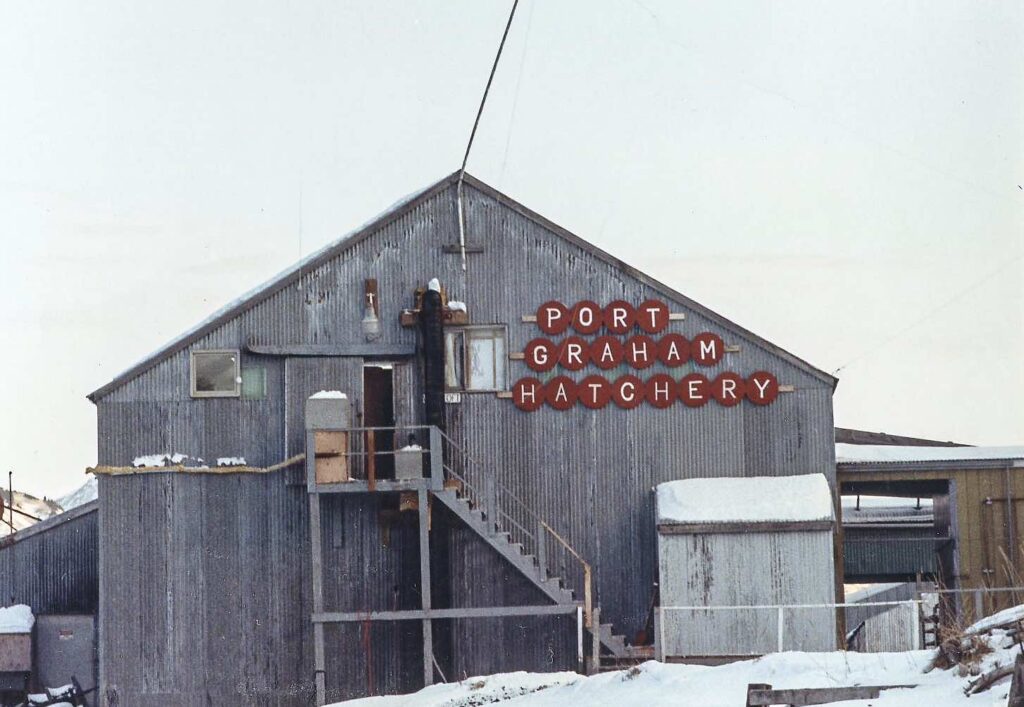 The Port Graham Tribal Salmon Hatchery program was initiated to produce red salmon smolt from eggs that were taken from brood-stock in Nanwalek. The smolt would then be placed in net pens in the lake system above Nanwalek. The hatchery had also been involved in a program to rehabilitate the coho run to the Port Graham River and a program to create a sockeye run to Port Graham Bay. In 1998, the hatchery and the main processing building burned to the ground. Both were rebuilt, and the hatchery came back online in 2001. The new hatchery facility had the capacity to incubate 100 million pink salmon eggs that, using standard survival assumptions, would produce returns of between 2 million and 3 million adults. It also had the capacity to incubate between 5 million and 7 million sockeye eggs.
The Port Graham Tribal Salmon Hatchery program was initiated to produce red salmon smolt from eggs that were taken from brood-stock in Nanwalek. The smolt would then be placed in net pens in the lake system above Nanwalek. The hatchery had also been involved in a program to rehabilitate the coho run to the Port Graham River and a program to create a sockeye run to Port Graham Bay. In 1998, the hatchery and the main processing building burned to the ground. Both were rebuilt, and the hatchery came back online in 2001. The new hatchery facility had the capacity to incubate 100 million pink salmon eggs that, using standard survival assumptions, would produce returns of between 2 million and 3 million adults. It also had the capacity to incubate between 5 million and 7 million sockeye eggs.
1992
 CRRC, using the University of Alaska Fairbanks Seward Marine Center, began to raise oyster seed for the mariculture industry in the Pacific Northwest.
CRRC, using the University of Alaska Fairbanks Seward Marine Center, began to raise oyster seed for the mariculture industry in the Pacific Northwest.
1993
In March, The CRRC Board of Directors created a position of Executive Director.
1993
In April, CRRC and Chugachmiut signed a Memorandum of Agreement to define the roles and responsibilities of each party with respect to the administration and operation of natural resources and economic development programs in the Chugach Native region of Alaska. At this time, the organizations agreed that all grants and contracts pertaining to natural resources programs (aside from forestry) were to be under the direction and management of CRRC as authorized by Tribal resolutions.
1993
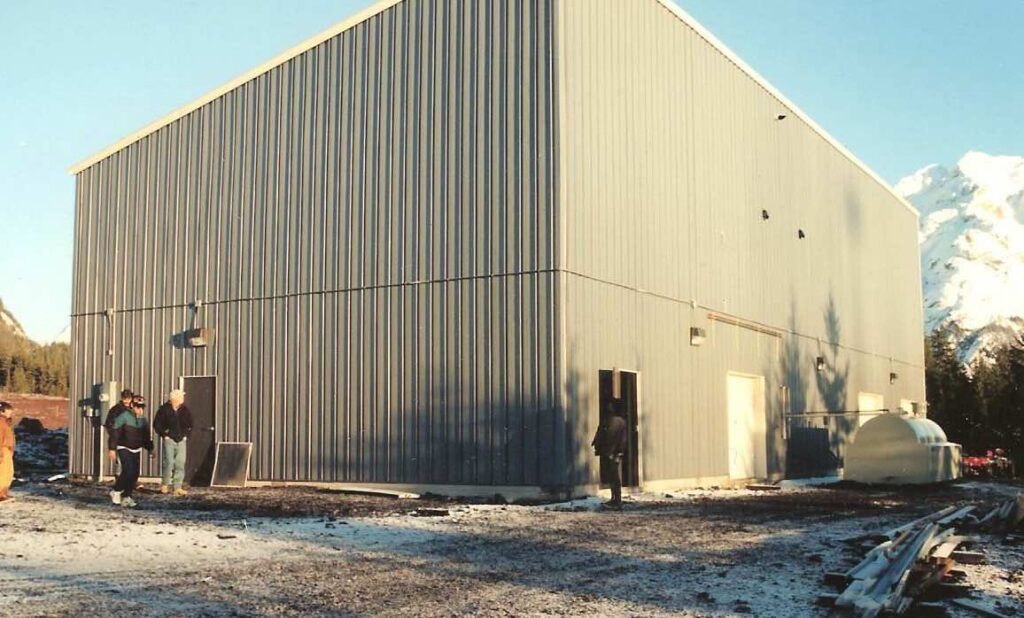 CRRC assisted the Tatitlek IRA Council in finding funding and later constructing a mariculture building in Tatitlek. The building was designed to serve as a nursery and processing facility that would allow the farm to process and hold product in wet storage, enabling it to deliver fresh product even when weather conditions made harvesting difficult. At its peak, the facility employed five Tribal members to care for the shellfish in the facility.
CRRC assisted the Tatitlek IRA Council in finding funding and later constructing a mariculture building in Tatitlek. The building was designed to serve as a nursery and processing facility that would allow the farm to process and hold product in wet storage, enabling it to deliver fresh product even when weather conditions made harvesting difficult. At its peak, the facility employed five Tribal members to care for the shellfish in the facility.
1994
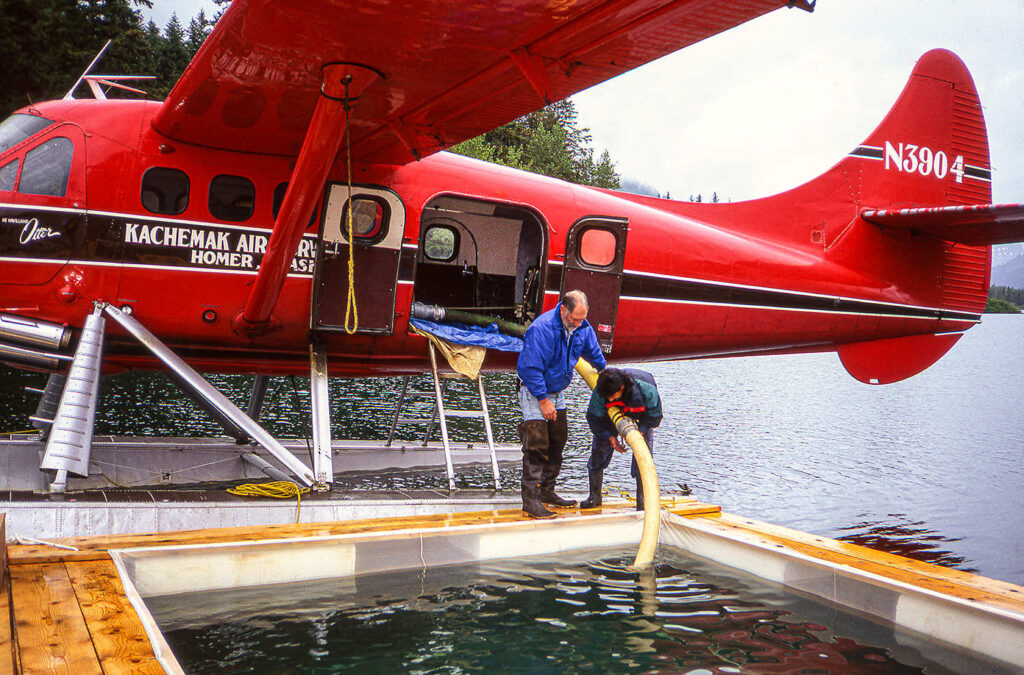 CRRC and the Native Village of Nanwalek began writing grants to help fund a weir in English Bay Lakes to count fish and do egg takes to further support the Nanwalek Salmon Enhancement Project and Working Group. The Port Graham Tribal Salmon Hatchery produced pink and red salmon smolts from eggs taken from brood-stock in Nanwalek. The smolts were placed in net pens in the English Bay Lake system above Nanwalek and released in the late fall.
CRRC and the Native Village of Nanwalek began writing grants to help fund a weir in English Bay Lakes to count fish and do egg takes to further support the Nanwalek Salmon Enhancement Project and Working Group. The Port Graham Tribal Salmon Hatchery produced pink and red salmon smolts from eggs taken from brood-stock in Nanwalek. The smolts were placed in net pens in the English Bay Lake system above Nanwalek and released in the late fall.
1994
 The EVOS-funded Mariculture Technical Center facility was completed (January). The Marathon Native Tribe (now Qutekcak Native Tribe) operated Mariculture Technical Center as the Qutekcak Tribal Shellfish Hatchery in Seward from 1994 to 2004 with the help of CRRC.
The EVOS-funded Mariculture Technical Center facility was completed (January). The Marathon Native Tribe (now Qutekcak Native Tribe) operated Mariculture Technical Center as the Qutekcak Tribal Shellfish Hatchery in Seward from 1994 to 2004 with the help of CRRC.
1994
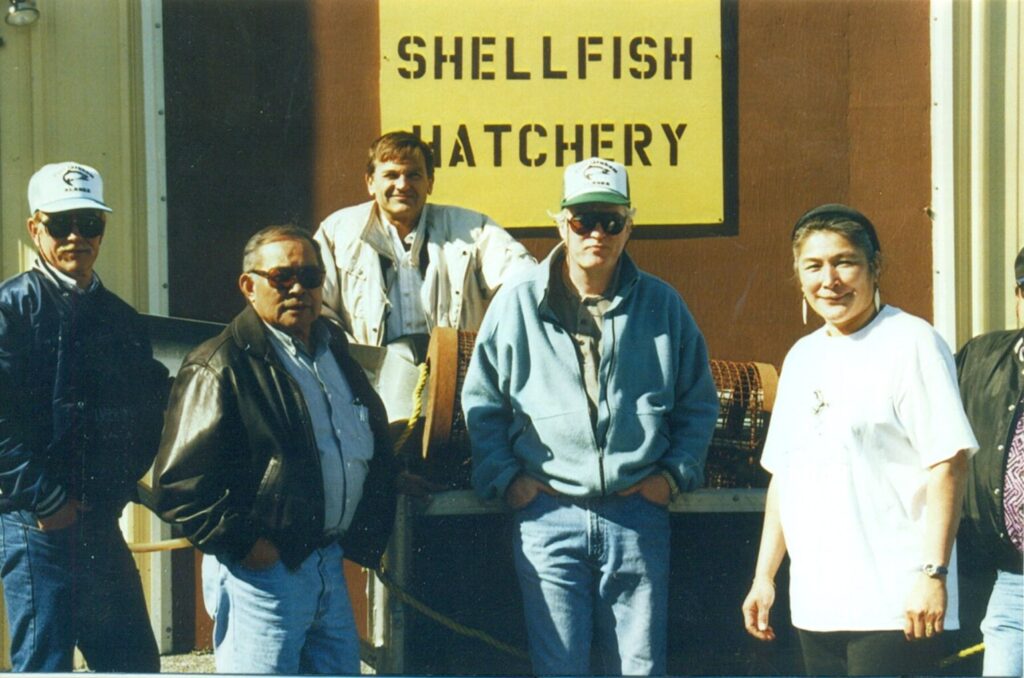 CRRC partnered with the Marathon Native Tribe’s Qutekcak Shellfish Hatchery to design and assemble a small pilot project producing littleneck clam spat, Pacific oyster larvae, and cockle seed. Later, this would grow into a large region-wide project to restore shellfish to the area impacted by the Exxon Valdez Oil Spill.
CRRC partnered with the Marathon Native Tribe’s Qutekcak Shellfish Hatchery to design and assemble a small pilot project producing littleneck clam spat, Pacific oyster larvae, and cockle seed. Later, this would grow into a large region-wide project to restore shellfish to the area impacted by the Exxon Valdez Oil Spill.
1995
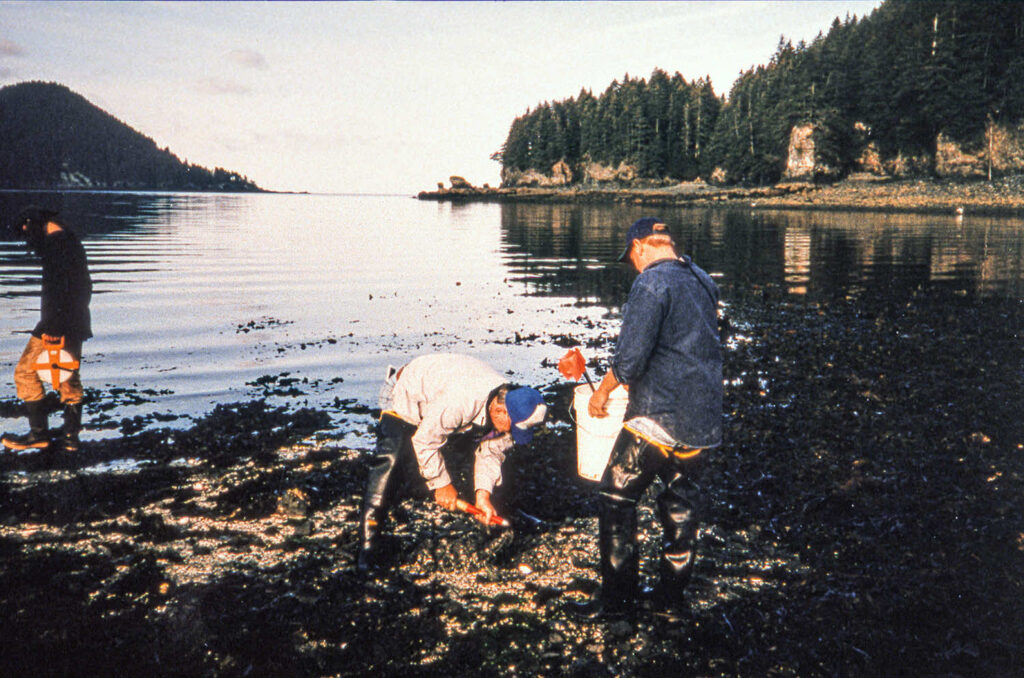 CRRC, Nanwalek, Port Graham, and Tatitlek (the following year expanded to Chenega) developed a five-year Subsistence Clam Restoration Project built on the initial pilot in 1993. This project worked with littleneck clams, razor clams, and cockles and would transplant into nurseries near Chenega and Tatitlek. The objectives of this project included the following:
CRRC, Nanwalek, Port Graham, and Tatitlek (the following year expanded to Chenega) developed a five-year Subsistence Clam Restoration Project built on the initial pilot in 1993. This project worked with littleneck clams, razor clams, and cockles and would transplant into nurseries near Chenega and Tatitlek. The objectives of this project included the following:
1) Develop reliable, cost-effective hatchery techniques.
2) Develop cost-effective techniques to grow and outplant.
3) Understand the local planting sites (nurseries) and evaluate the efficacy of methods.
4) Set up a program to test clams from subsistence beaches for paralytic shellfish poisoning.
1996

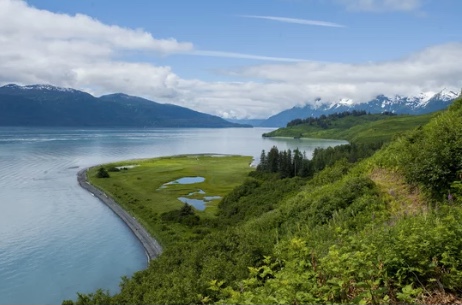
1999
 CRRC hosted the Chugach Region Village Chiefs Meeting on Subsistence to discuss issues such as opening the road to Whittier and its unequivocal impacts on subsistence populations by placing increased hunting and fishing pressure on limited resources, the federal assumption of subsistence management, and co-management.
CRRC hosted the Chugach Region Village Chiefs Meeting on Subsistence to discuss issues such as opening the road to Whittier and its unequivocal impacts on subsistence populations by placing increased hunting and fishing pressure on limited resources, the federal assumption of subsistence management, and co-management.
1999
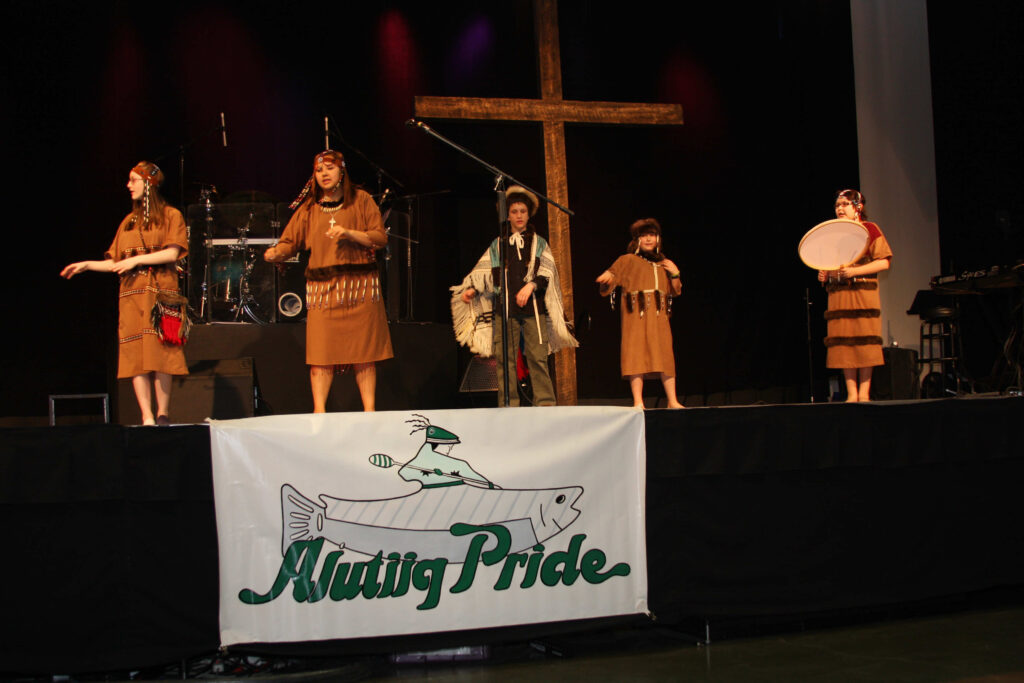 The first CRRC Memorial Gathering was held to bring together the Chugach Tribes and their members to share information on natural resource and environmental issues of concern. The event included a candlelight vigil honoring those who have passed, a traditional meal consisting wholly of subsistence foods, and most importantly the opportunity for people to share stories, revive old friendships, and make new ones.
The first CRRC Memorial Gathering was held to bring together the Chugach Tribes and their members to share information on natural resource and environmental issues of concern. The event included a candlelight vigil honoring those who have passed, a traditional meal consisting wholly of subsistence foods, and most importantly the opportunity for people to share stories, revive old friendships, and make new ones.
2003
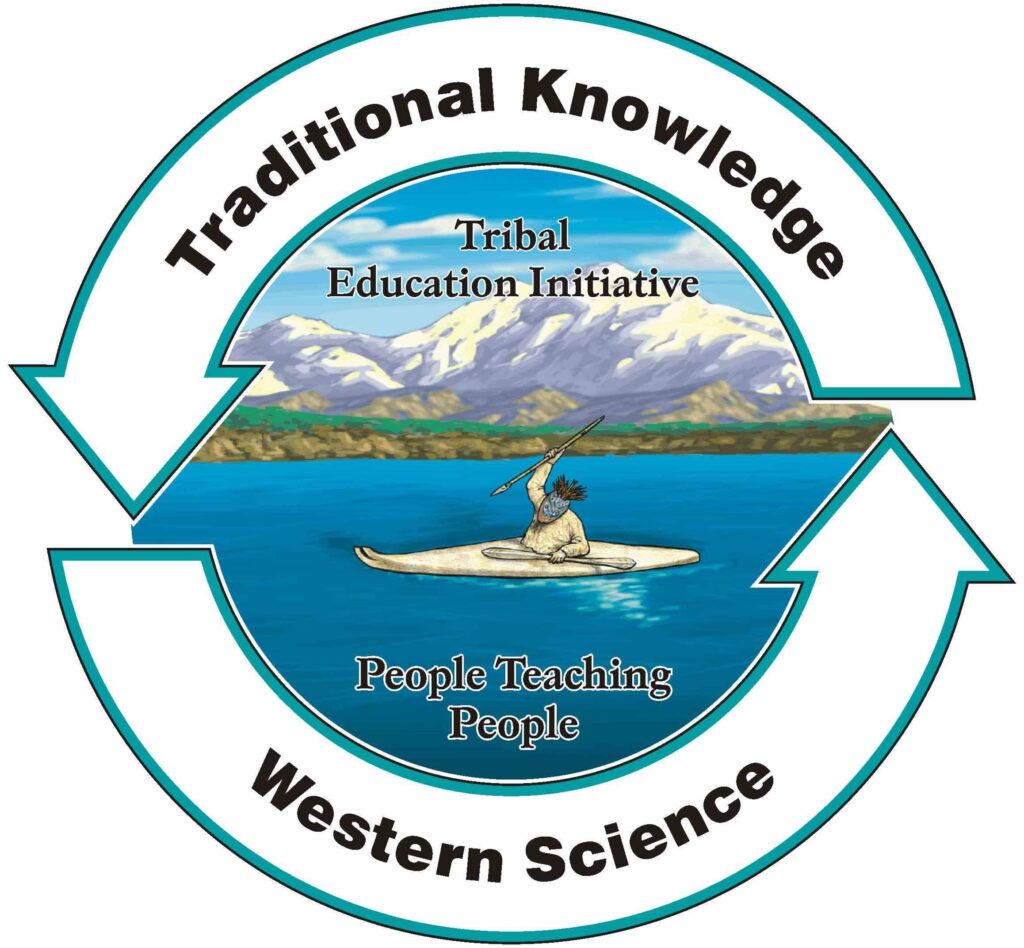
CRRC developed an accredited, university-level Tribal Natural Resources Education Program that integrates the Traditional Knowledge, management strategies, and philosophies of the Tribes with western science.
2004
 CRRC took over operations of the Mariculture Technical Center and renamed the operations Alutiiq Pride Shellfish Hatchery. The hatchery expanded its operation to geoducks, cockles, razor clams, littleneck clams, mussels, and scallops. Later years, it would start research on both blue and red king crab to enhance the species.
CRRC took over operations of the Mariculture Technical Center and renamed the operations Alutiiq Pride Shellfish Hatchery. The hatchery expanded its operation to geoducks, cockles, razor clams, littleneck clams, mussels, and scallops. Later years, it would start research on both blue and red king crab to enhance the species.
2005
CRRC established a Regional Business Services Program that worked with the member Tribes and their members on the following:
1) Provide technical assistance on business development, business plans, marketing, financial management, inventory control, loans and funding, some of which may be provided through workshops and seminars.
2) Further develop the existing businesses in the Chugach region in an effort to increase their financial success and viability.
3) Serve as a clearinghouse for business information and services.
2006
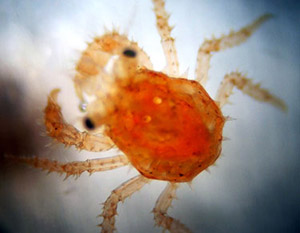
The Alaska King Crab Research, Rehabilitation, and Biology (AKCRRAB) program was formed as a coalition of university, federal, and stakeholder groups, including CRRC/APMI. This group aimed to add to the scientific understanding of crab life history and ecology, as well as the eventual rehabilitation of depressed king crab stocks in Alaska. AKCRRAB intended to develop scientifically sound strategies for hatching, rearing, and out-planting king crab in Alaska, in order to help restore populations to self-sustainability.
2011
 The Alutiiq Pride Shellfish Hatchery successfully spawned over 100,000 juvenile sea cucumbers. The project was funded, in part, by the Southeast Alaska Regional Dive Association with the long-term hope of using hatchery-raised sea cucumber to restore declining wild populations.
The Alutiiq Pride Shellfish Hatchery successfully spawned over 100,000 juvenile sea cucumbers. The project was funded, in part, by the Southeast Alaska Regional Dive Association with the long-term hope of using hatchery-raised sea cucumber to restore declining wild populations.
2012
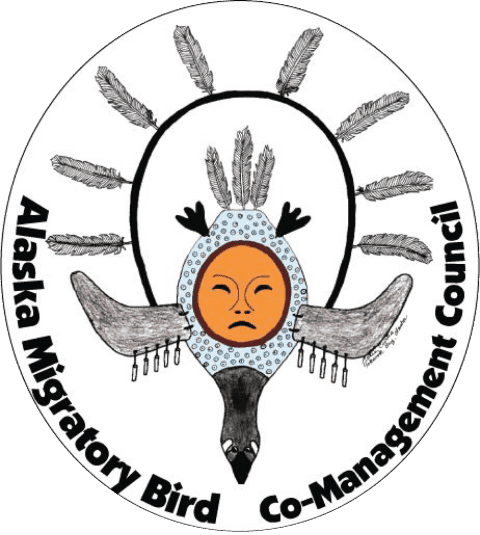
The U.S. Fish and Wildlife Service contracted with CRRC to provide Alaska Migratory Bird Co-Management Council Executive Director services to the Alaska Tribes. This contract continued until 2023 when CRRC relinquished the contract.
2012
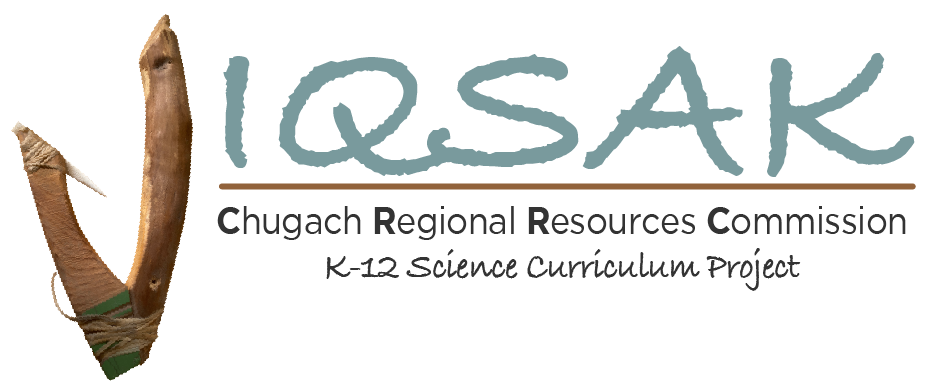 CRRC published a K–12 science curriculum that incorporated Indigenous knowledge with Western science called IQSAK. The project was funded by the U.S. Department of Education.
CRRC published a K–12 science curriculum that incorporated Indigenous knowledge with Western science called IQSAK. The project was funded by the U.S. Department of Education.
2013
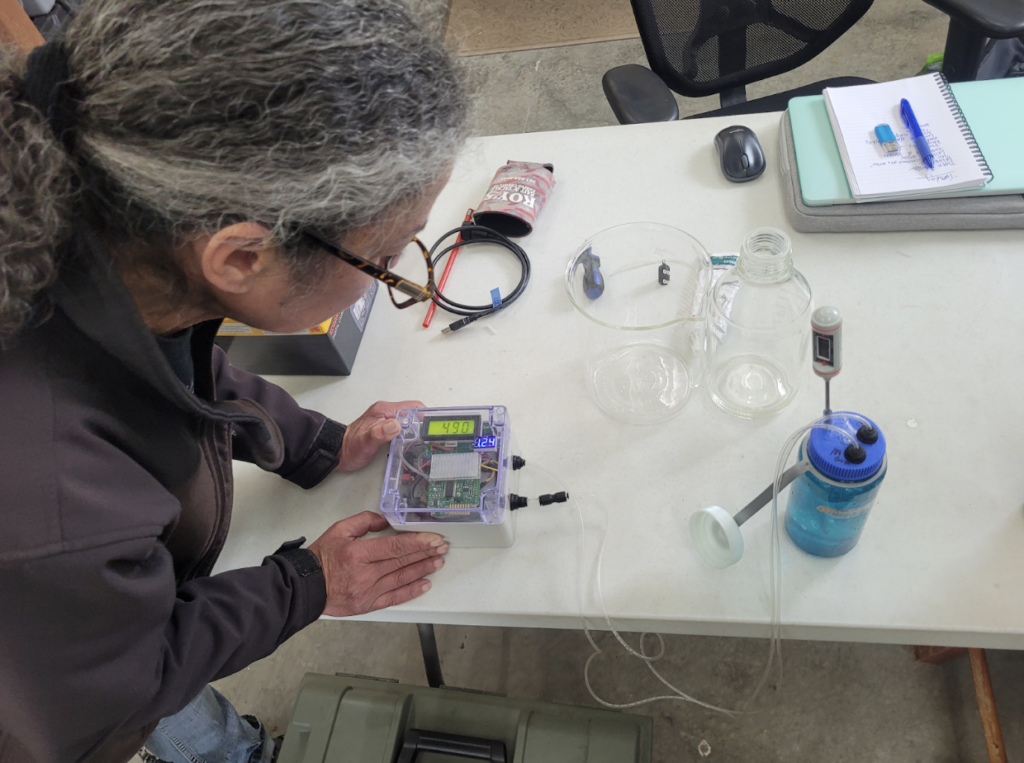 The Alutiiq Pride Shellfish Hatchery began operating a Burk-o-Later to monitor incoming seawater to the facility and conduct discrete sampling to the Alutiiq Pride Marine Institute (APMI), to encompass the vast services provided to the region inside the facility.
The Alutiiq Pride Shellfish Hatchery began operating a Burk-o-Later to monitor incoming seawater to the facility and conduct discrete sampling to the Alutiiq Pride Marine Institute (APMI), to encompass the vast services provided to the region inside the facility.
2013
 The CRRC Board created the Climate Change Program and directed staff to focus on projects that would help Alaska Native coastal communities prepare for and better adapt to a warming climate.
The CRRC Board created the Climate Change Program and directed staff to focus on projects that would help Alaska Native coastal communities prepare for and better adapt to a warming climate.
2019
 CRRC signed a Memorandum of Agreement with Alaska Pacific University to collaborate at the Alutiiq Pride Marine Institute.
CRRC signed a Memorandum of Agreement with Alaska Pacific University to collaborate at the Alutiiq Pride Marine Institute.
2021
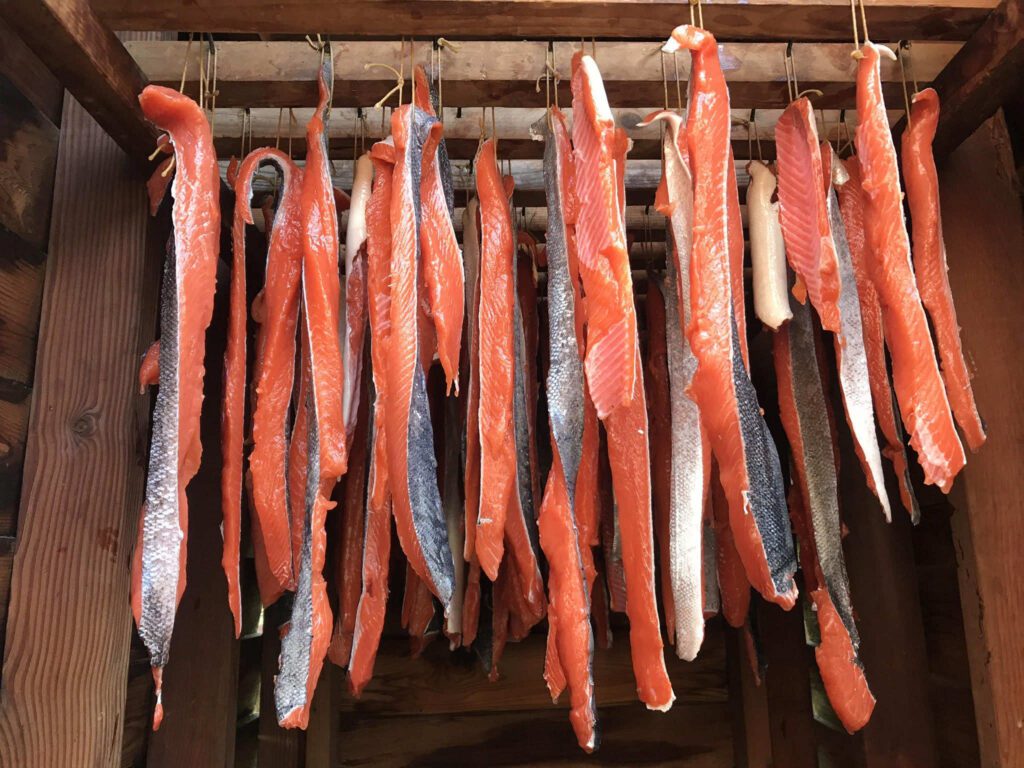 CRRC started a subsistence resources program to focus on ensuring food security throughout the Chugach region.
CRRC started a subsistence resources program to focus on ensuring food security throughout the Chugach region.
2022
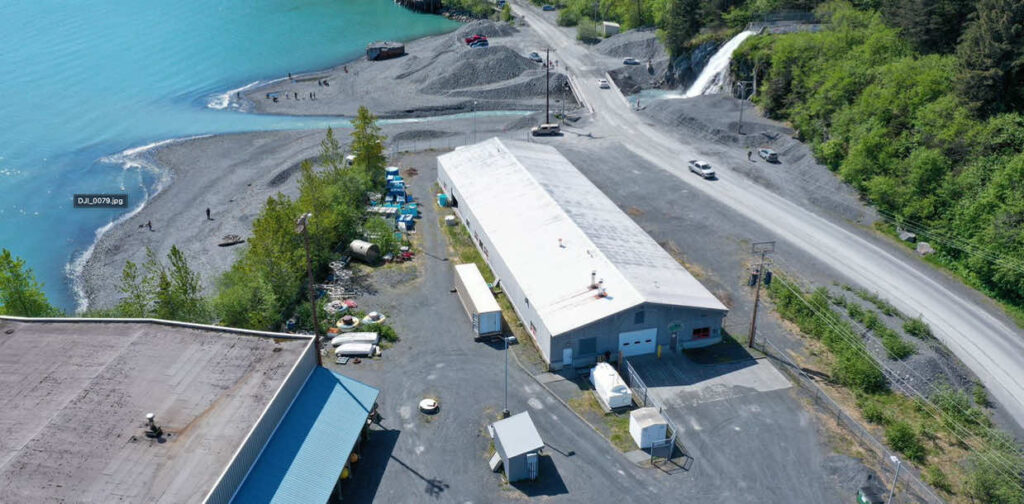 In April, CRRC negotiated a 47-year lease for the Alutiiq Pride Marine Institute facility with the City of Seward.
In April, CRRC negotiated a 47-year lease for the Alutiiq Pride Marine Institute facility with the City of Seward.
2022
 In December, CRRC negotiated the purchase and sale agreement for the Alutiiq Pride Marine Institute facility with the City of Seward.
In December, CRRC negotiated the purchase and sale agreement for the Alutiiq Pride Marine Institute facility with the City of Seward.
